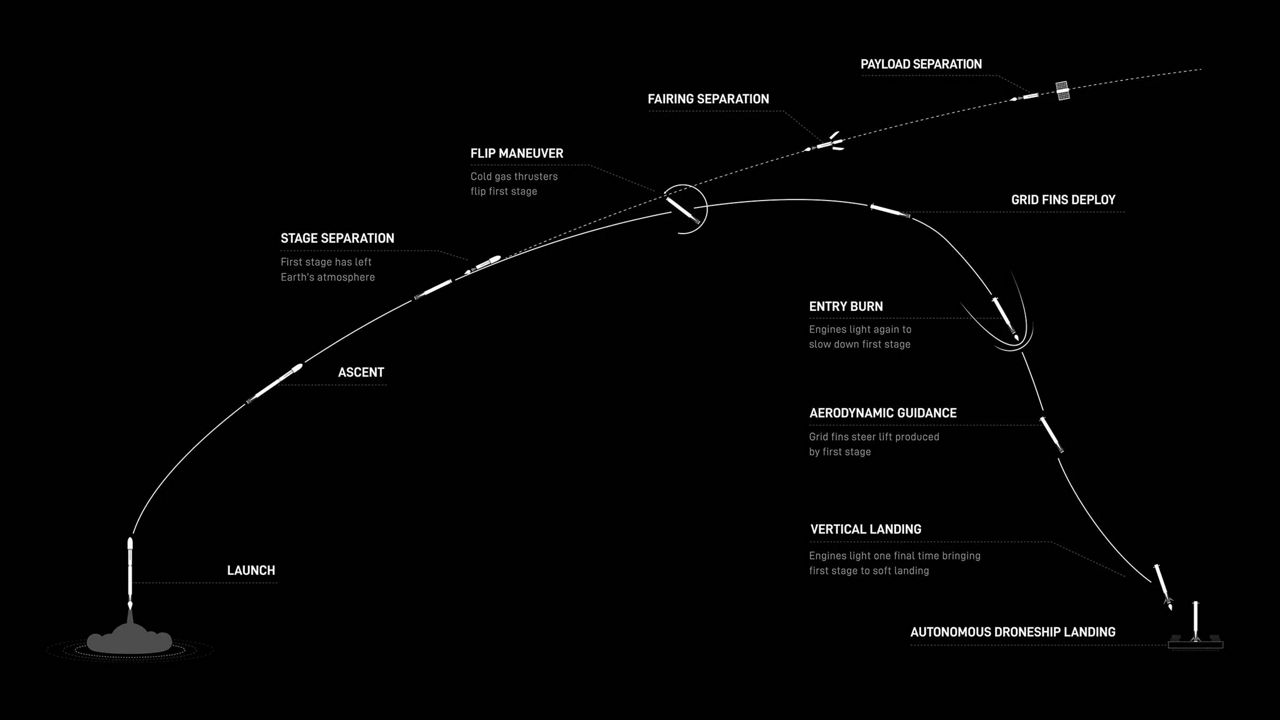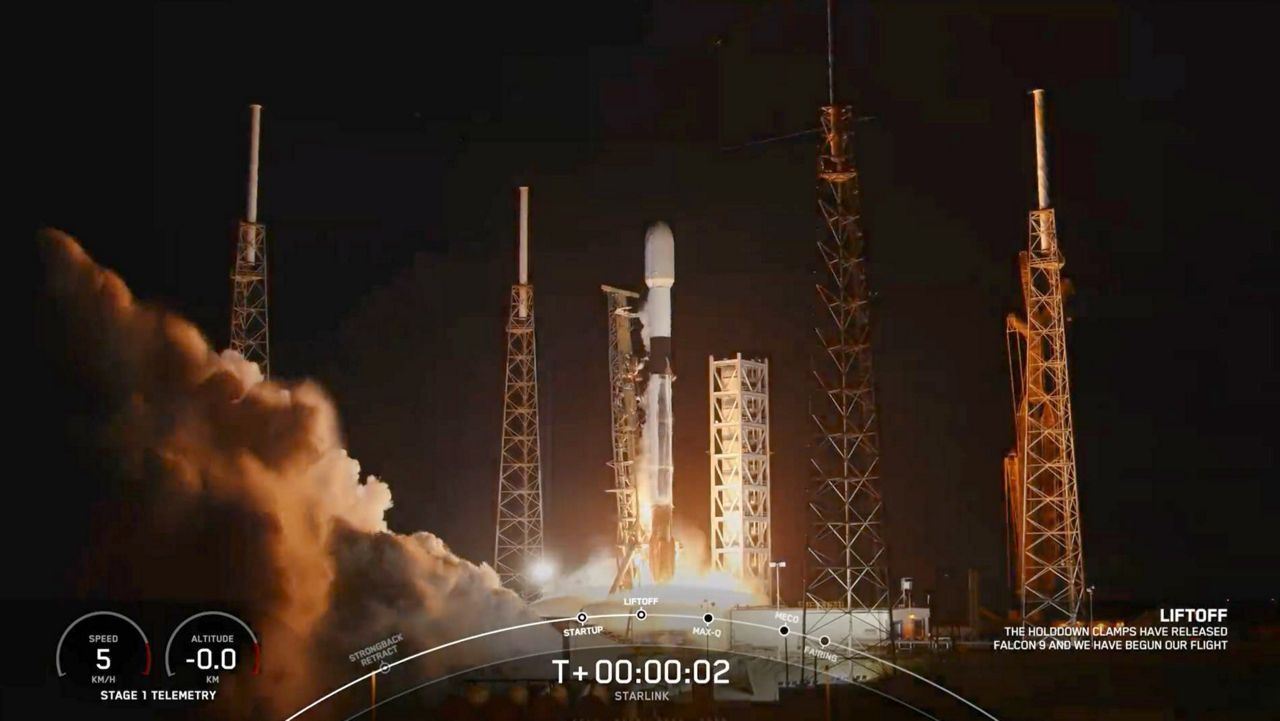CAPE CANAVERAL SPACE FORCE STATION — Despite a few delays, SpaceX was finally able to get Starlink 6-19 mission off the ground on Friday night.
What You Need To Know
- More than 20 Starlink satellites were launched
- The Falcon 9 rocket left Space Launch Complex 40 at Cape Canaveral Space Force Station
Liftoff! pic.twitter.com/vL77mdJ91d
— SpaceX (@SpaceX) September 30, 2023
The nearly 230-foot-tall Falcon 9 rocket took off from Space Launch Complex 40 at Cape Canaveral Space Force Station at 10 p.m. ET.
A delayed start
The launch was supposed to go up on Thursday at 7:28 p.m. ET. While the California-based company did not say why it pushed back its launch, it is possible that it was due to severe weather that has plagued most of Central Florida for most of the week.
SpaceX then aimed to launch the Starlink 6-19 mission on Friday at 6:39 p.m. ET but moved the time to 10 p.m.
The weather looked a bit iffy for the launch night. The 45th Weather Squadron gave a 40% chance of good liftoff weather, with the main concerns being the anvil cloud, cumulus cloud and surface electric fields rules.
Learn about NASA’s weather criteria for the Falcon 9 rocket.
Whenever the launch time is, the nearly 230-foot-tall rocket is expected to leave Space Launch Complex 40 at Cape Canaveral Space Force Station.
Adding to the launch resume
For this Falcon 9’s first-stage booster, named B1069, this was its 10th successful launch.
Its previous launches are:
- CRS-24
- Hotbird 13F
- SES-18 & 19
- OneWeb
- Five Starlink missions
The first stage of the rocket landed on the droneship A Shortfall of Gravitas, stationed in the Atlantic Ocean.
Falcon 9’s first stage has landed on the A Shortfall of Gravitas droneship pic.twitter.com/bnmhvjvXJH
— SpaceX (@SpaceX) September 30, 2023

Understanding the mission
Joining the thousands already in low-Earth orbit, 22 Starlink satellites will be launched. Starlink, owned by SpaceX, has stated these satellites provide internet services.
Before the launch, astronomer Dr. Jonathan McDowell of Harvard-Smithsonian Center for Astrophysics logged the current information on the Starlink satellites:
- 4,827 are in orbit
- 4,797 in working order
- 4,199 are in operational orbit



